The overall theme of Expo 2025 Osaka, Kansai, Japan is “Designing Future Society for Our Lives.” Among the many creative exhibits is one worthy of special attention: the Women’s Pavilion in collaboration with Cartier, a sequel to the one presented at the previous exposition in Dubai. The lead architect of the pavilion is NAGAYAMA Yuko. What is the future of gender equality that she wants to share?
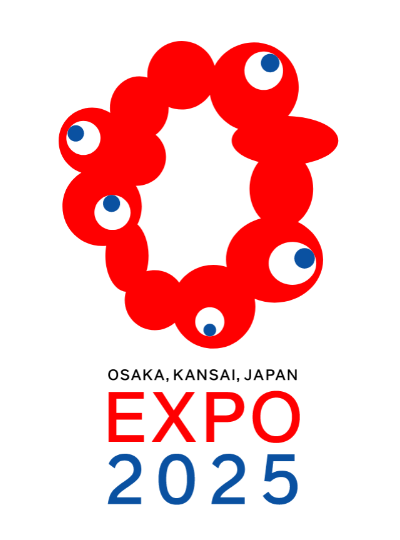
©Expo 2025
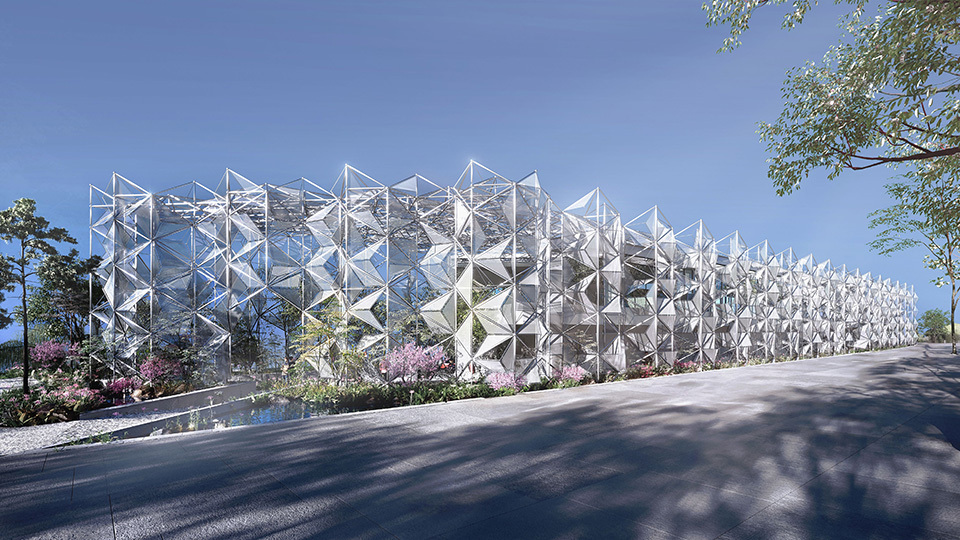
The Women’s Pavilion in collaboration with Cartier will reuse material from the facade of the Japan Pavilion at Expo 2020 Dubai. By effectively reusing facade materials and utilizing low-carbon and leased materials for the steel frame of the basic structure, CO2 emissions are estimated to be half of what they would have been using standard materials. @CARTIER
Expo 2025 Osaka, Kansai, Japan will be held from April to October 2025. It will be the country’s first world exposition since the Exposition of Global Harmony (Expo 2005 Aichi) that was staged two decades earlier. More than 160 nations have signed up to participate in Expo 2025 under the central theme of “Designing Future Society for Our Lives.” Distinctive pavilions sponsored by countries from all over the world, along with eight Signature Pavilions focusing on “life” and several domestic Japanese pavilions including the Japan Pavilion itself, will invite visitors to unite in creating a common future.
Among the numerous eye-catching pavilions is one that calls for special attention: the Women’s Pavilion in collaboration with Cartier—a collaborative effort by the Japanese Cabinet Office, the Ministry of Economy, Trade and Industry, Cartier, and the Japan Association for the 2025 World Exposition.
Amidst the increasing empowerment of women around the world, the first Women’s Pavilion was the one at Expo 2020 Dubai, held from 2021 to 2022. Following in the footsteps of that successful debut, the second will continue to celebrate women’s contributions to society and take their evolution one step further under the concept that “when women thrive, humanity thrives.”
NAGAYAMA Yuko is the lead architect of the pavilion. “Our focus is the realization of gender equality—one of the Sustainable Development Goals (SDGs)—but making life more livable for women is not the only goal. By turning our gaze toward people regarded as minorities, we grow closer to building a more livable society for all people, which, I believe, is our ultimate goal,” she asserts.
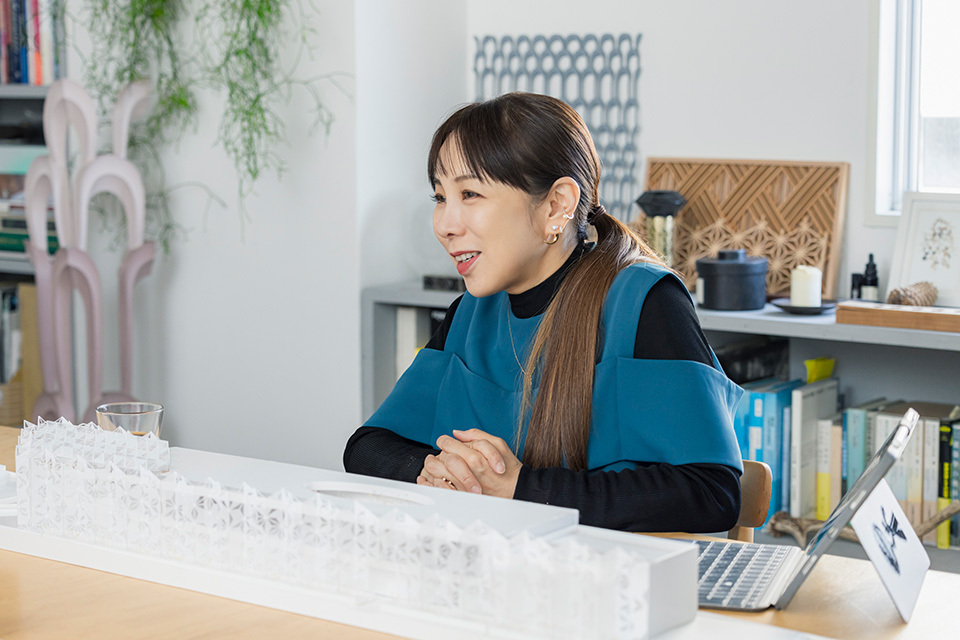
NAGAYAMA Yuko is the lead architect in charge of the architectural design of the Women’s Pavilion at Expo 2025 Osaka, Kansai. Here she sits behind a scale model of her creation.
Another much-talked-about feature of the new Women’s Pavilion is the breakthrough idea of reusing material from the facade of the Japan Pavilion in Dubai. It was Nagayama herself who designed the three-dimensional kumiko pattern lattice structure of Dubai’s Japan Pavilion, which made a fresh departure from the “typical Japanese” method of using only traditional Japanese materials. “I wanted to express Japanese reality as it is for our generation, as our consciousness is not entirely immersed in Japan. We are a global mix, and a distinct kind of Japanese-ness has arisen from that mix. That is how I saw it.”
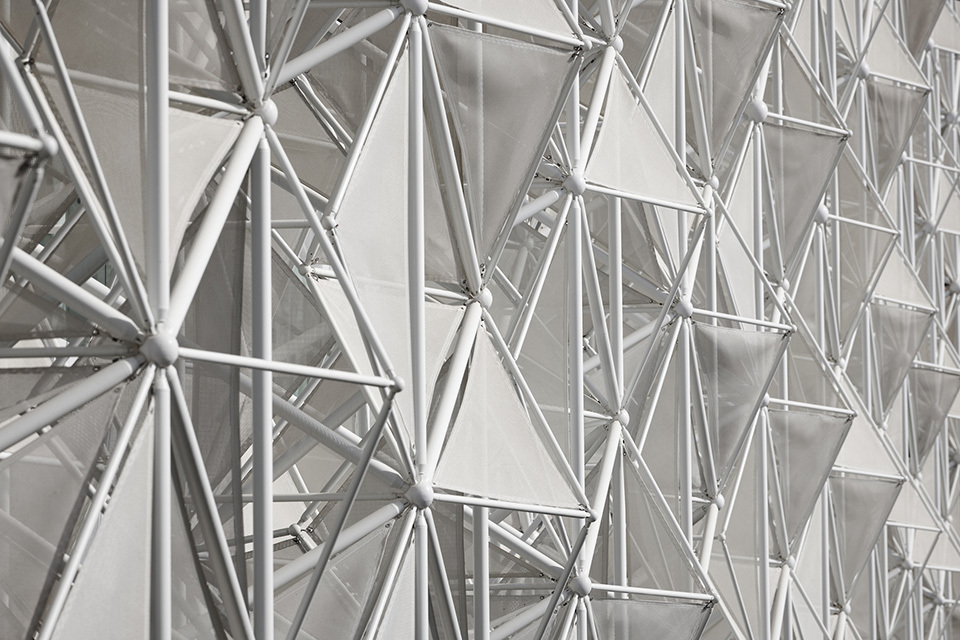
The Japan Pavilion at Dubai Expo featured detachable ball joints, which held together a beautiful facade whose aspect changed depending on the angle, delighting viewers. ©EXPO 2020 DUBAI JAPAN PAVILION
Eager to incorporate the concept of “responsible consumption and production” (another SDG) into her design, Nagayama utilized versatile materials. She also used detachable ball joints and transparent membrane-like traditional Japanese paper to express the beauty of light and shadow. “The pavilion with its slender structural expression at Dubai Expo was in itself unusual,” she said.
After Dubai Expo 2020 ended, nearly 10,000 parts, consisting of a ball joint and poles, were stored and managed using 2D codes. Nagayama has since contrived a way to utilize the existing material effectively in the next space—the reverse process of what usually goes on in design. That was a new experience, Nagayama admits.
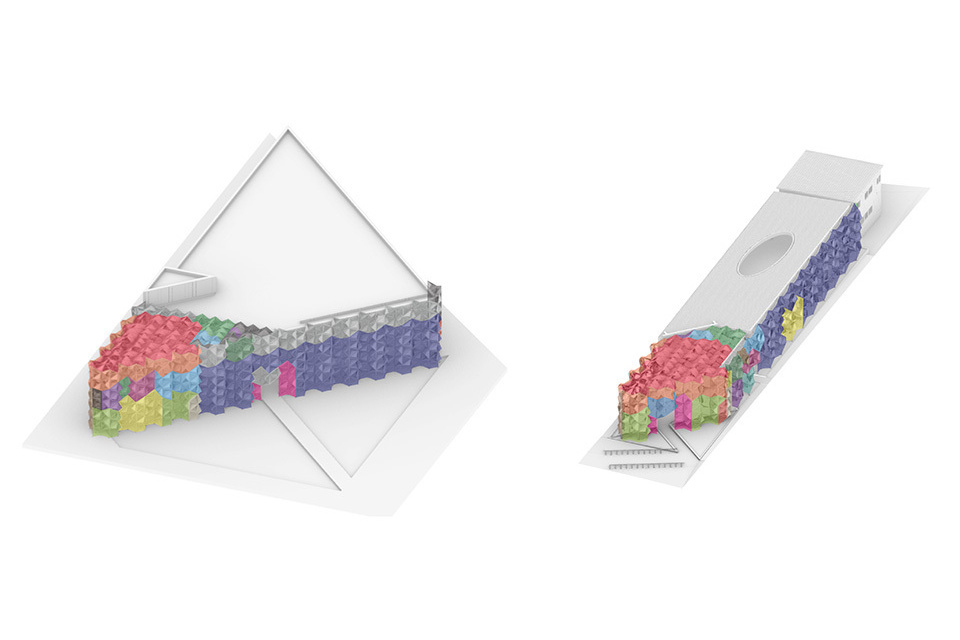
Different contexts create new challenges; at Expo 2020, the footprint of the original Japan Pavilion was an isosceles triangle on a trapezoidal site (left). This time in Osaka, the given site is narrow and linear (right). YUKO NAGAYAMA & ASSOCIATES
The site assigned for the Women’s Pavilion at Expo 2025 is long and narrow. The parts to be used have been transplanted into the new location by matching their strength and length, and structural analysis is being conducted as the design proceeds. Examples of the design include two spacious inner courtyards where visitors can relax.
Es Devlin, a contemporary British artist who worked on the British Pavilion in Dubai, is charged with the overall content creation and curation of the Women’s Pavilion at Expo 2025. There is an event hall inside the pavilion called “WA” space—referring to various Japanese characters that can mean “harmony,” “talk” or “circle”—where talk sessions will be held for stakeholders to engage in dialogue and discuss viable solutions beyond national and sectoral boundaries throughout the Expo.
Nagayama is raising two children as she works on multiple projects, and she recognizes that this requires an immense amount of energy. “I hope that the Women’s Pavilion will be the starting point, and eventually the issues women face will be resolved and the next generation will no longer need a separate pavilion. I hope that such an epoch will come,” she says.
Focusing on women will also reveal the problems faced by the entire human race in all its diversity. Toward a brighter future where everyone can live equally, respect each other, and shine together; the Women’s Pavilion is a call to action to ensure that such a future will be more than just a pipe dream.






























